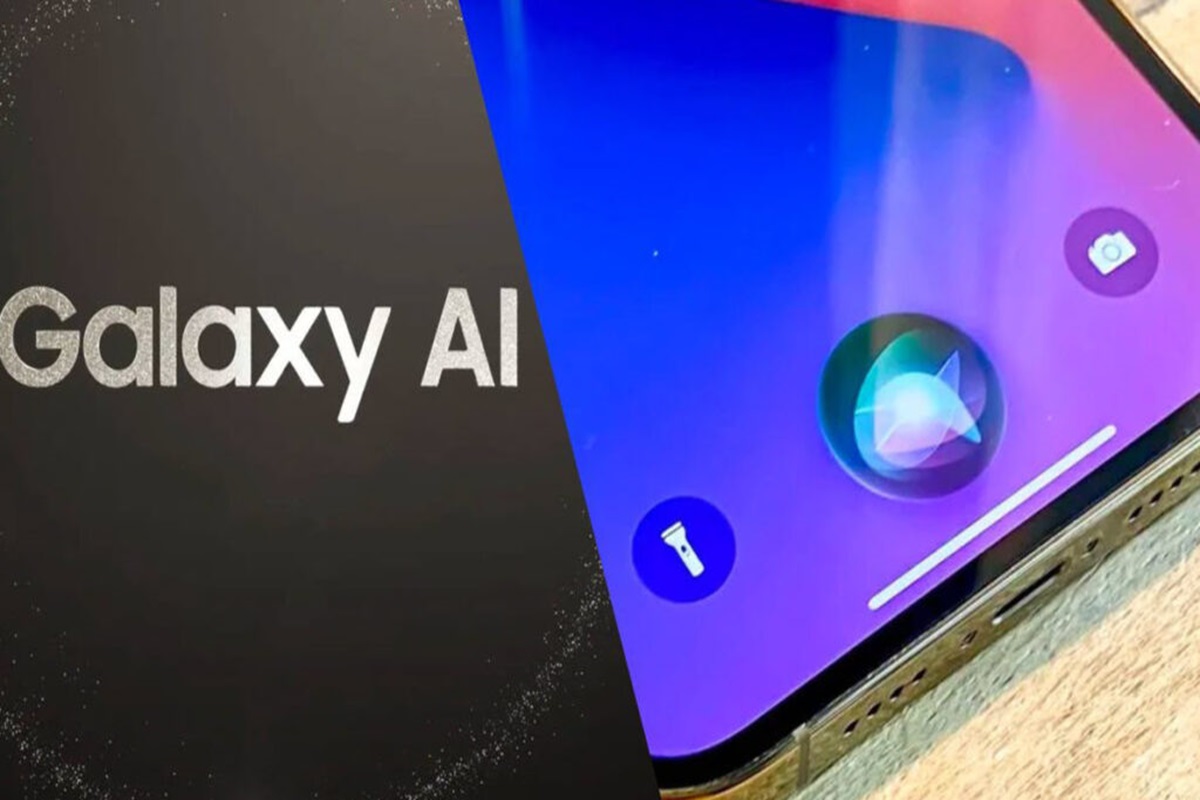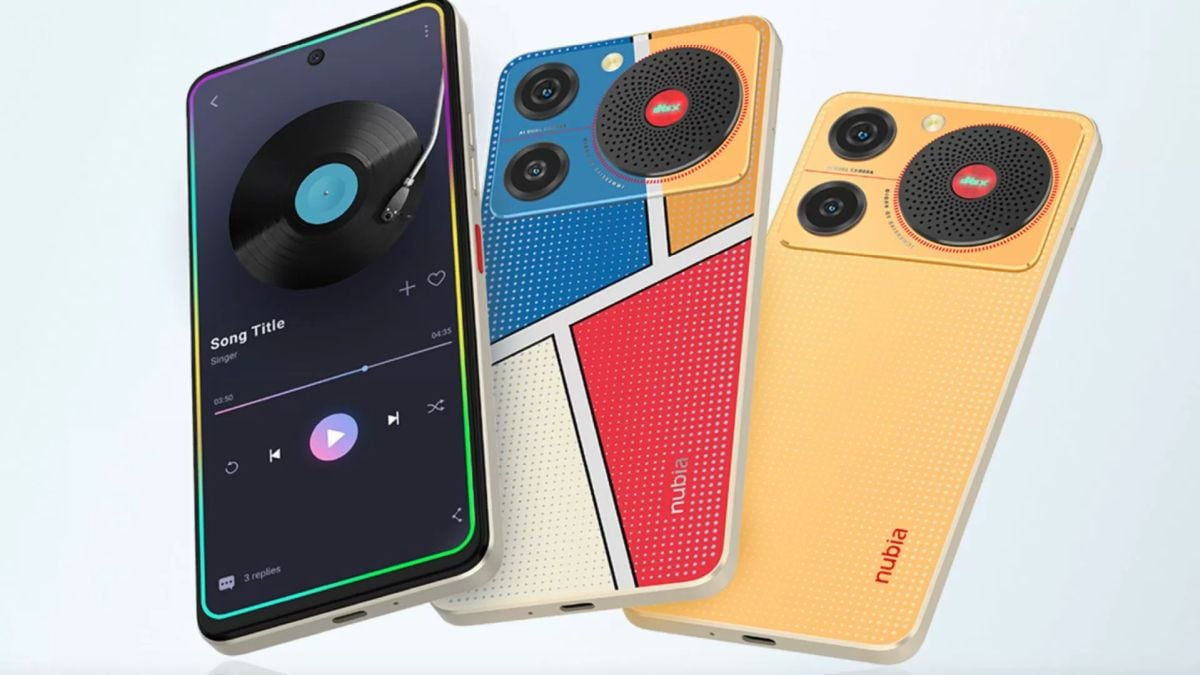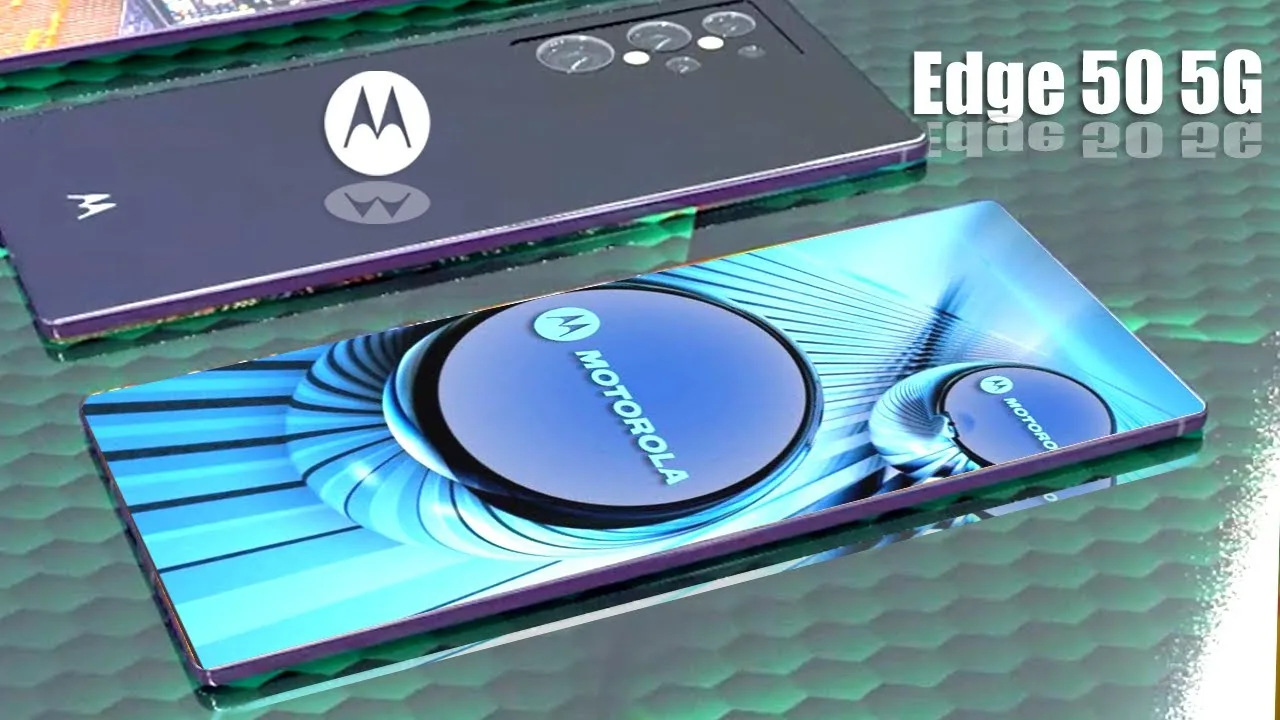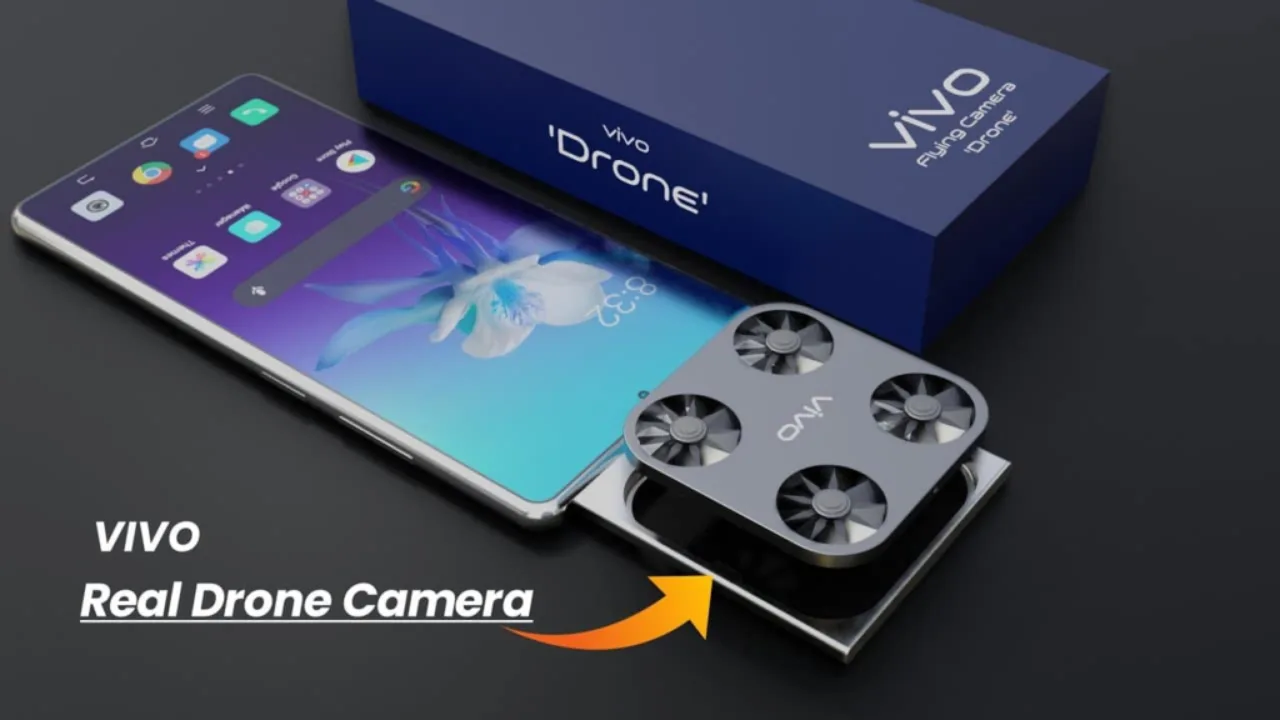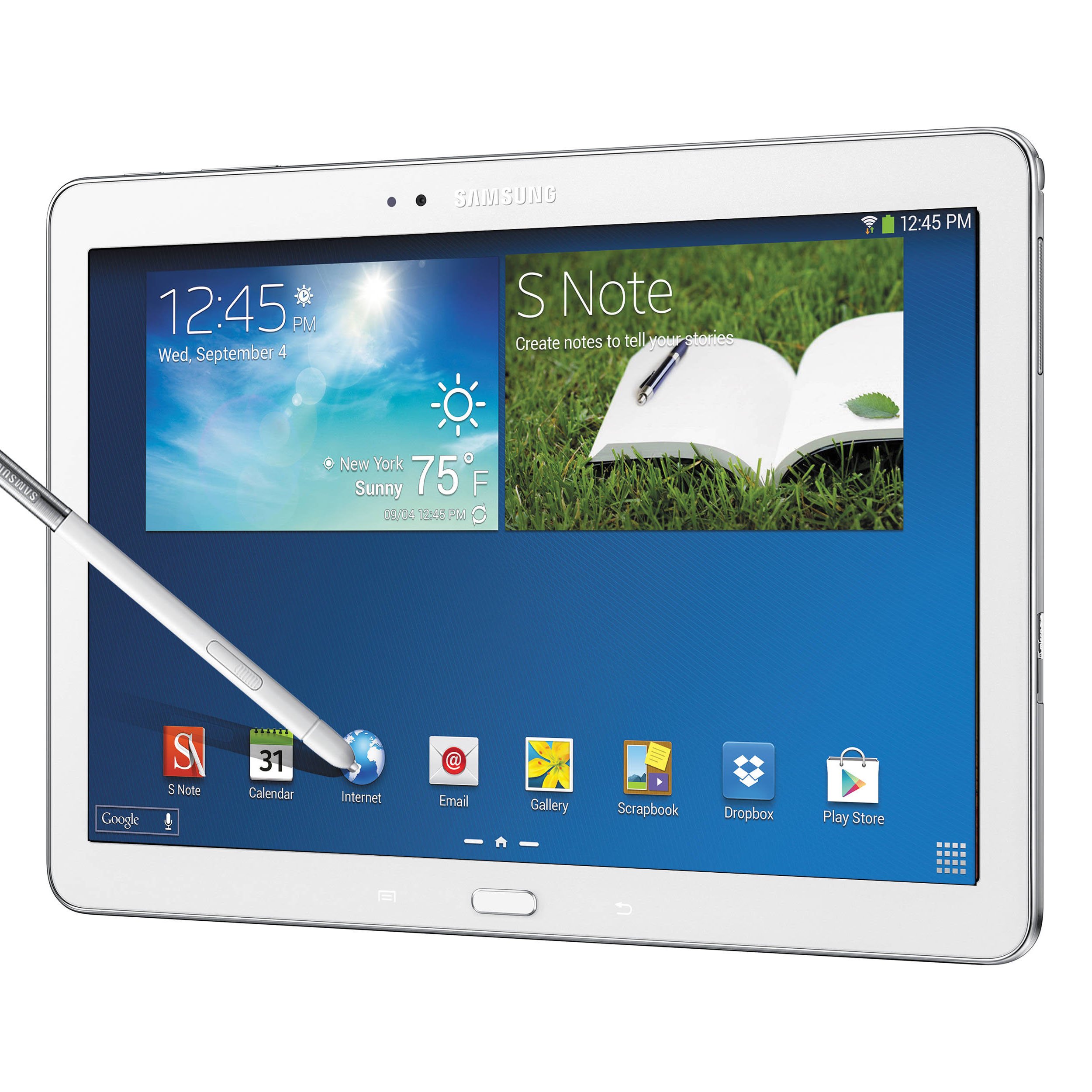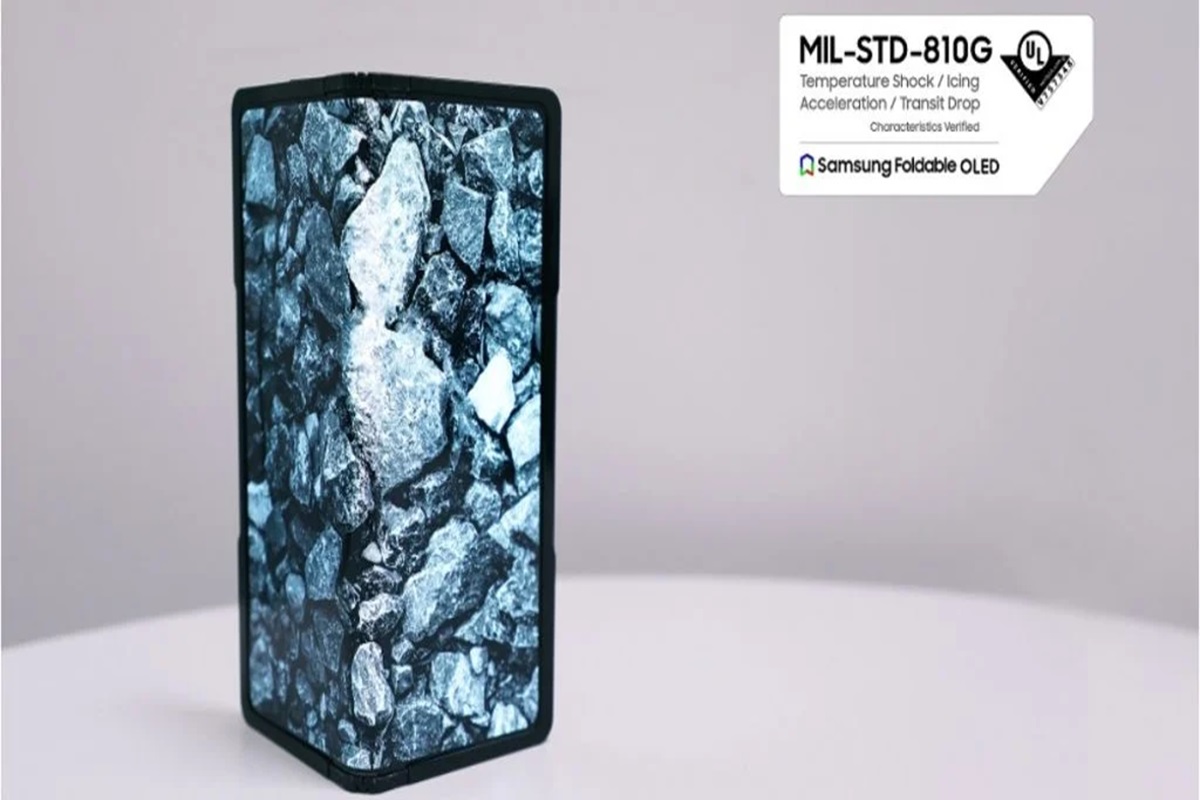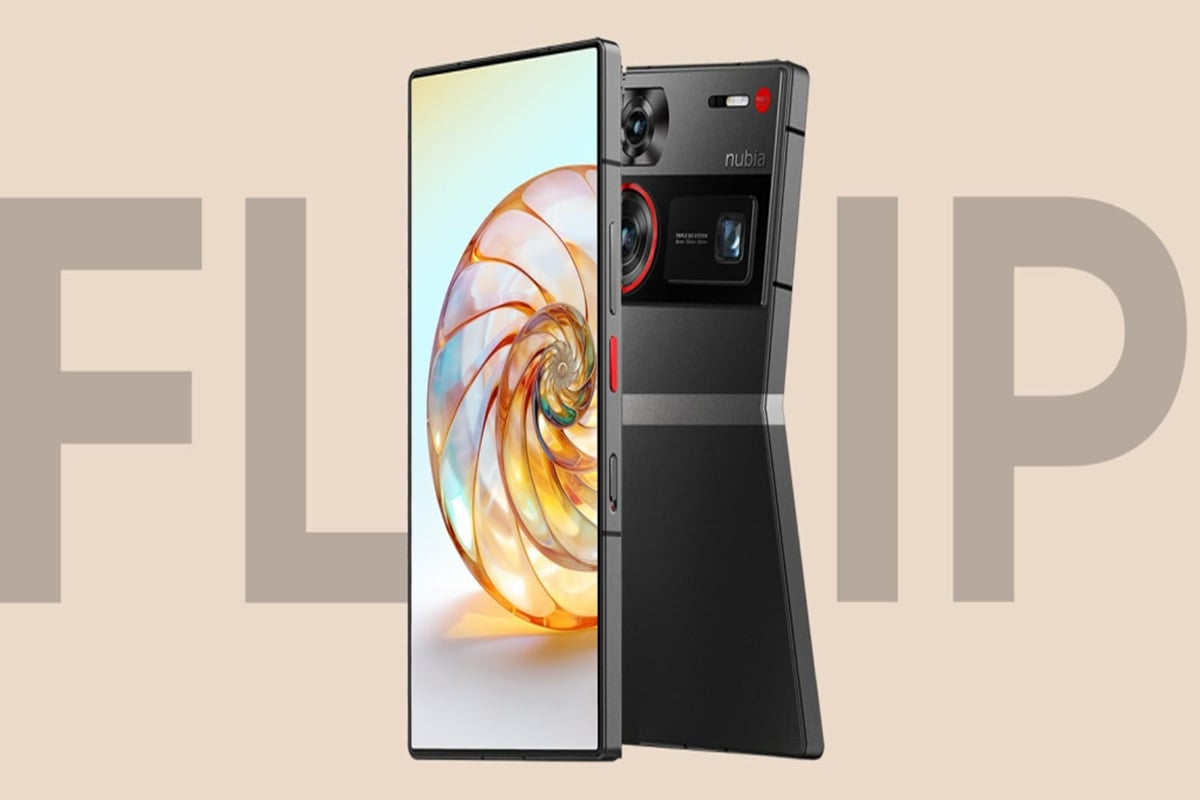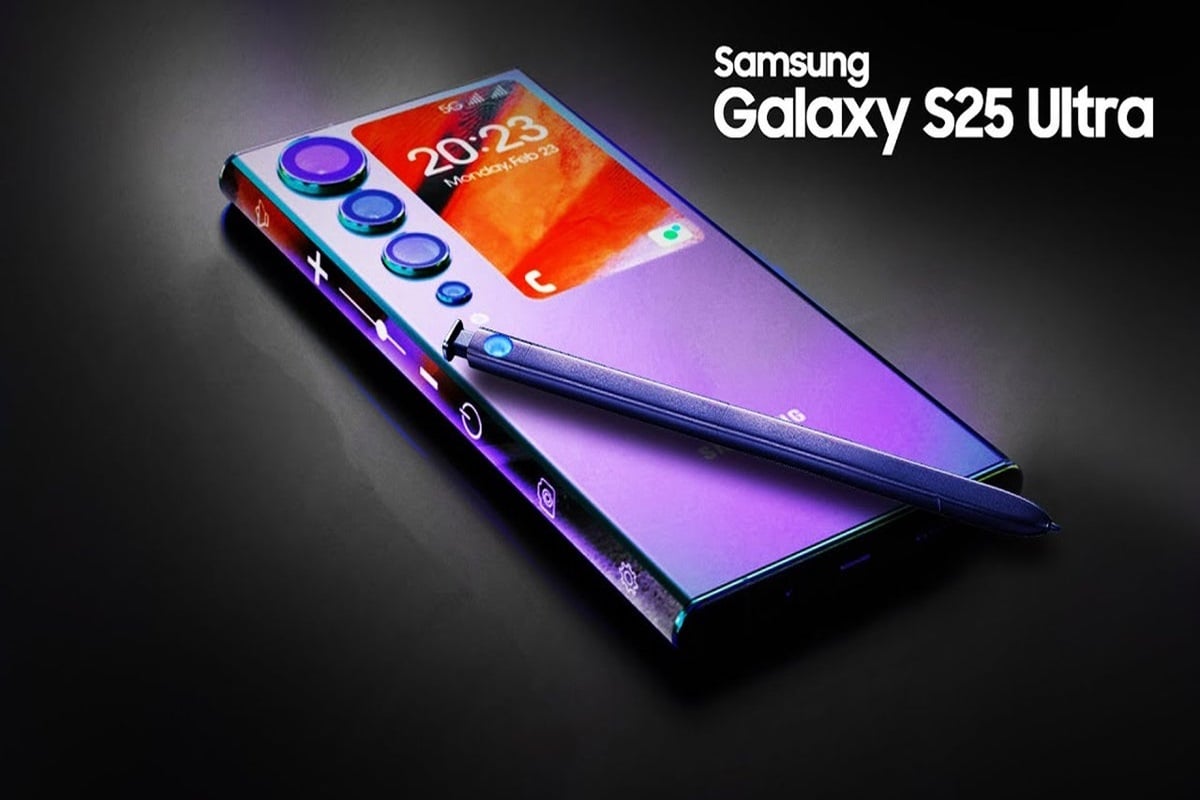HMD is showing off its new phone, and it’s all about repairability. They’ve released some pictures teasing their first phone, focusing on how easy it will be to fix. This phone was one of two shown in a blurry image during HMD’s phone brand announcement.
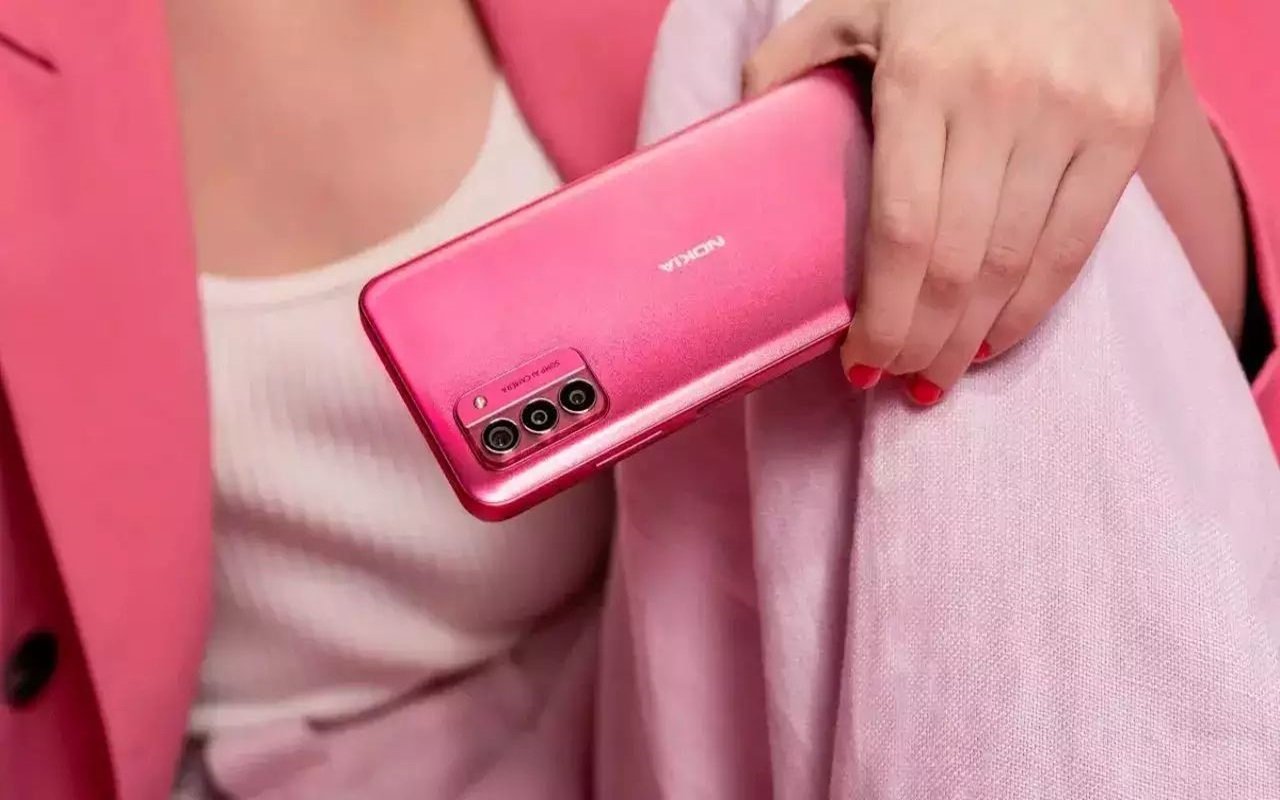
The phone they’re teasing looks like it might be the grey one. HMD says it will be much easier to fix the screen if it breaks. So, when your screen breaks, you won’t have to wait long for it to get fixed, just for the new part to arrive. It seems like iFixit will handle selling and shipping these parts.
The phone is set to come out in July, so we’ll have to wait a bit longer. But from what HMD has shown us, the phone looks pretty good. We’re not sure if it’s the Legend or the Fusion, but when we zoom in on the pink phone, we can see it will have a 108 MP camera sensor. Since the Legend is supposed to be a basic phone according to Geekbench, this one might be called the Pulse or Fusion, as part of the Fusion project.
The phone will come in different colors, like black and purple, as shown in the teaser. While the back is made of plastic, the sides seem to be made of shiny aluminum. The phone is rectangular, but the corners are rounded, so it should feel comfortable to hold. Hopefully, they’ll make sure the edges aren’t too sharp.
What do you think? Looks good, right? And it would be even better if it had powerful hardware, better than what we saw in the Nokia X30. That could make people use it for longer, which is a more sustainable way to use a device.
